
by Rosemary Benton
It feels as though, no sooner had the curtain fell and the lights came up on February's horror/fantasy gem, The Raven, that the film reel snapped to life with another genre-crossing macabre film. While last month's movie was a light, dry and sardonic comedy with a vaguely medieval setting and a cast of horror movie icons, Diary of a Madman, steps forward with a much more sobering aesthetic.
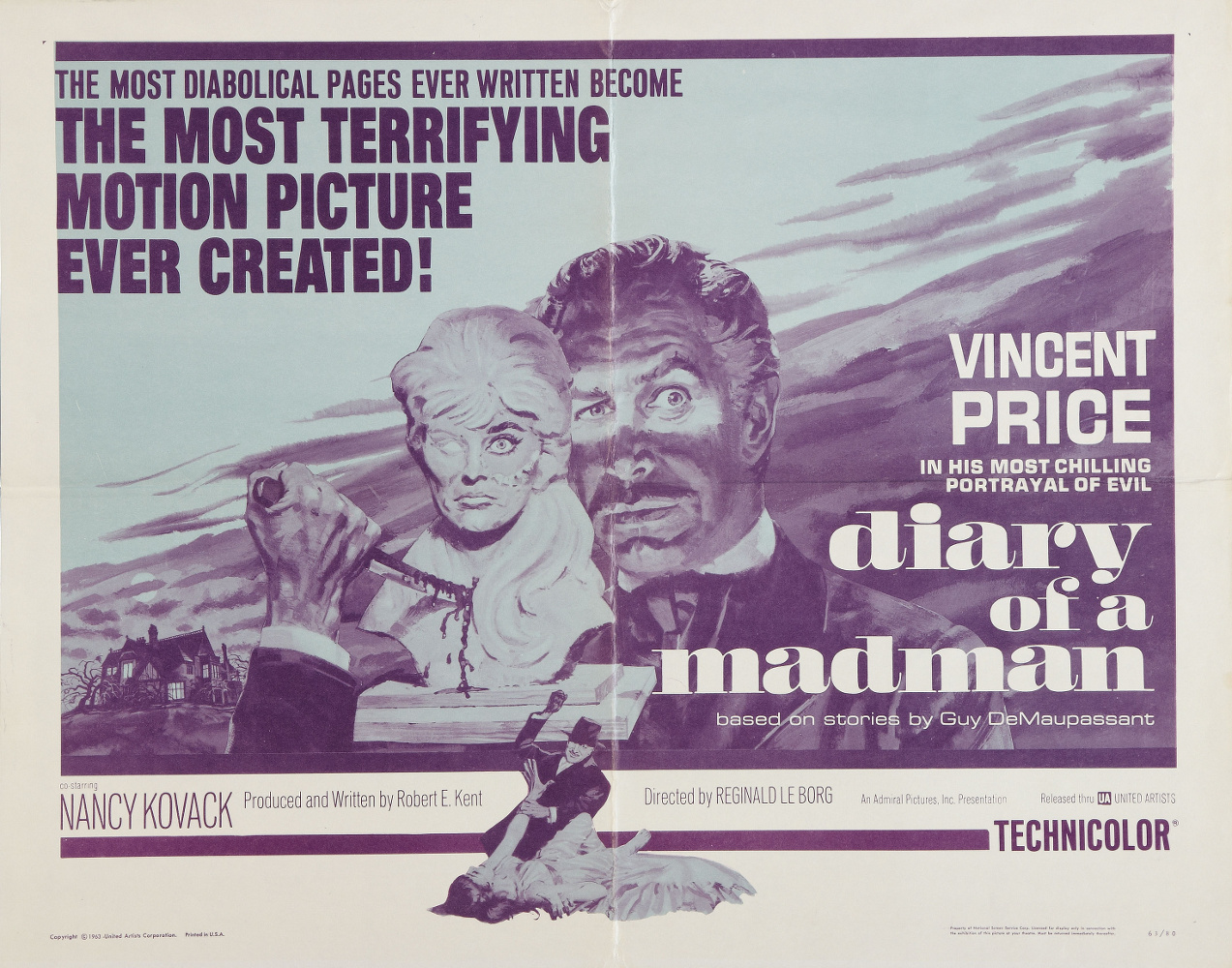
In my efforts to reengage with modern science fiction after a long break, Diary of a Madman, a loose reimagining of the 1887 horror/science-fiction short story by French author Guy de Maupassant entitled“The Horla," is a fitting film to follow last month's choice.
Producer and screenplay writer, Robert Kent, starts the movie off with a view of a crowded cemetery during a Catholic funeral. The recently deceased body of Vincent Price's character, Magistrate Simon Cordier, is blessed and then lowered into the ground. Given the faces and impatience of the guests, the audience can surmise that there was a lot of unfinished business left following Cordier's passing.
At the behest of Cordier prior to his premature death, his private diary is read aloud before a small group of funeral attendees immediately after the graveside ceremony. From here the origin of Cordier's madness at the hands of an invisible being named the Horla is made known. Ultimately Cordier implores the audience of his faithful servants, colleagues and friends to heed his death as a warning, and to act now to learn more and defend against other such beings that may exist out there in the wider world.
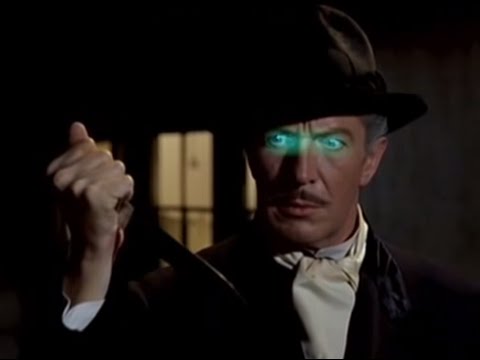
It is completely understandable why Robert Kent needed to take liberal creative license with the story of Cordier and the Horla that held his mind captive. Within the original 1887 short story, there is very little dialogue or many coherent lengthy scenes which could be considered prime material for a theatrical performance. Often, Guy de Maupassant allows his protagonist to go on at length, as one would in a diary, about tangential thoughts, theories and philosophies. It's interesting and works beautifully as a train-of-thought discourse regarding the protagonist's fear of going insane.
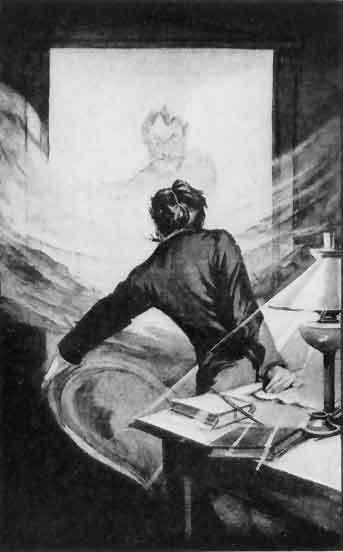
But where Guy de Maupassant can go on for pages about the building fear felt in the physical manifestations of the Horla's power, Vincent Price must convey the same screaming terror in a few seconds with looks and posture alone. It's reasonable, therefore, that a more fleshed out story would have to be developed in place of the internal monologues of a seemingly schedule-less upperclass gentleman going about his daily life on his estate. Enter the married model whose bust Cordier sculpts, the jealous husband of said model, the threat of public scandal should the magistrate run off with such a lower class woman, and on top of all this, the masterminding, murderous, shapeless entity determined to use Cordier for some unknown, evil end.
The casting of the ever popular Vincent Price as the lead makes sense in terms of marketing, but I have to unfortunately pan his acting in this movie. Price has been incredibly prolific recently, starring in eleven movies between 1960's House of Usher and this, the year's second Price film. He's cultivated an image that works very well with classy Victorian gentlemen in horror melodramas, and odd, but charming characters in action movies. However, the role of Simon Cordier would have been much better suited to an actor with… dare I say… more range.

The heart and intensity of Guy de Maupassant's protagonist lie in the whiplash emotions that crack back and forth in his mind. He is written as a highly emotive character who is often taken aback at the inexplicable things he is being forced to feel due to the influence of the Horla. When one looks at the face of Vincent Price during scenes such as the floating rose or the breaking of the Horla's spell upon the sight of a cross, you see concern, confusion and shock, but not the true, deep down, freezing cold animal fear that Guy de Maupassant describes.
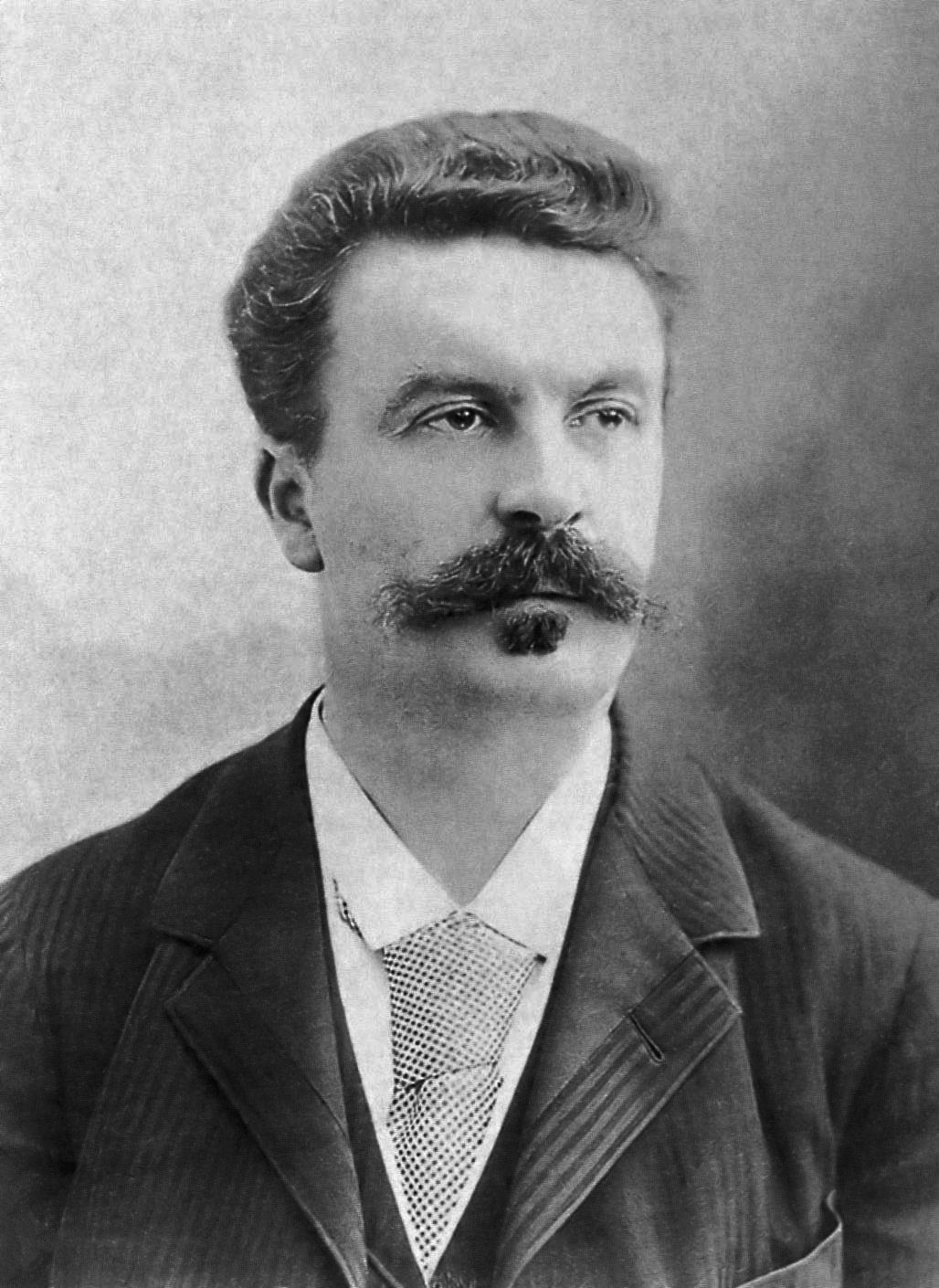
Thankfully there is a saving talent in the form of the lovely Nancy Kovack. Where Price falls short in the expression of an emotionally manipulated person, Kovack shines bright as a character who is a skillful, emotive manipulator. The real reason to become invested in the plot of Diary of a Madman has to be, hands down, Kovack's character, Odette Mallotte DuClasse. With her wide range of expressions and a deeply personal performance, Kovack gives Odette a painful and human background. A character that would be otherwise cookie-cutter cliché came to life via her acting talent.
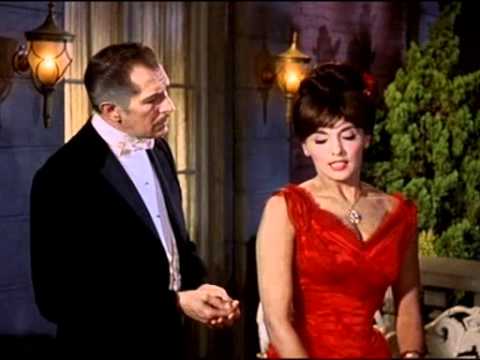
Where other actresses would play Odette simply as a two timing gold digger, Kovack gives her an evolution that leads up to her resigned, angry admission of marrying Magistrate Cordier for his money. First, she in entrepreneurial in selling her services as a model within an art gallery displaying paintings for which she has sat. Then, she is knowledgable about portraiture and offers suggestions for how Cordier could sculpt her. She is a confident negotiator who pushes Cordier hard to continue employing her as a model for future projects. For the money she could bring into her starving-artist household she is flirtatiously willing to entertain the proposition of being a companion to Cordier, but it is the scene wherein Cordier proposes marriage that Kovack reveals her character's complexity. Within half a second, and with at least three versions of surprise and uncertainty, Kovack shows shock rather than devious glee at the offer. She quickly recovers and hides her disbelief, but for disbelief to be there in the first part is due undoubtedly to Kovack's full understanding of her character's situation.
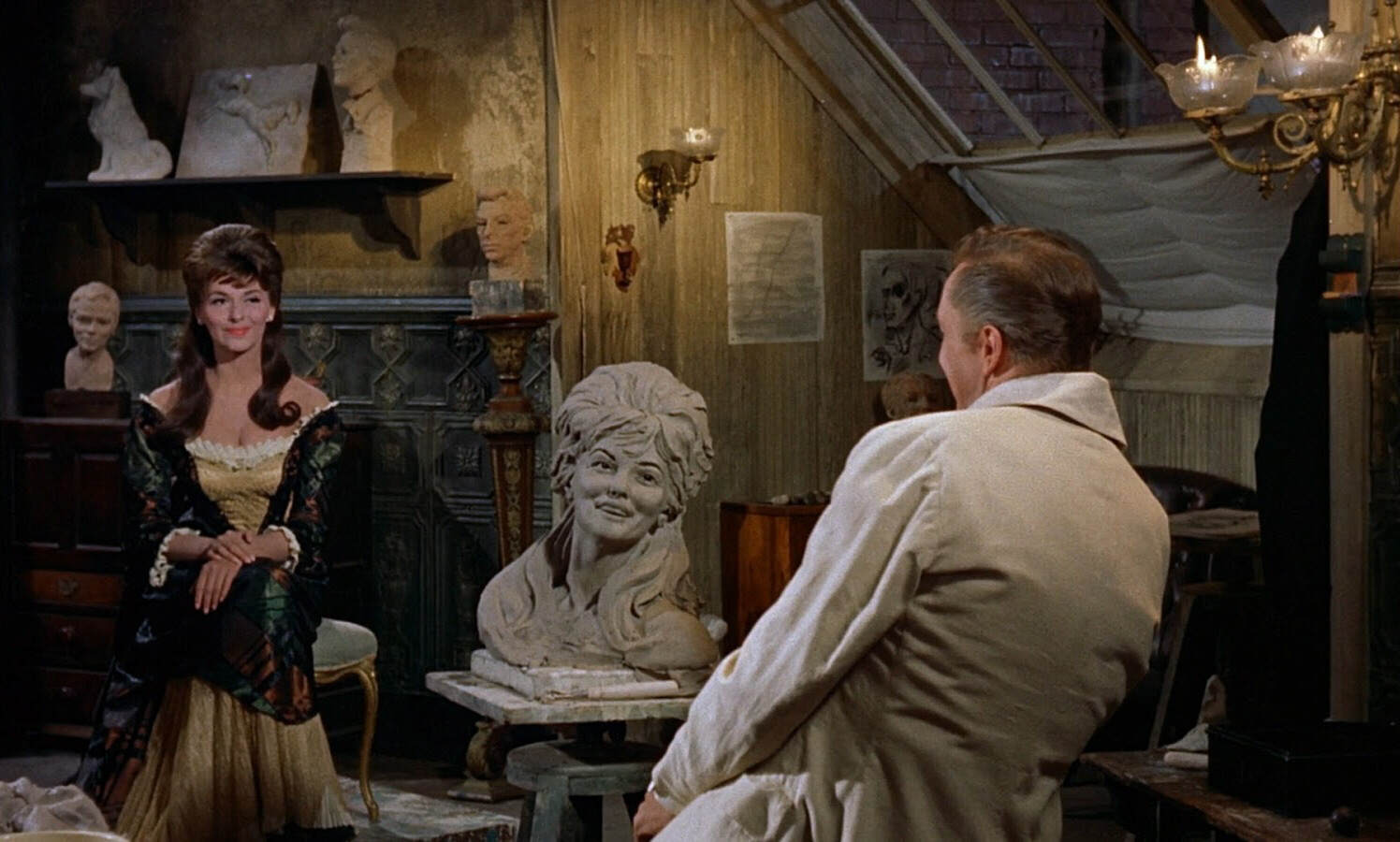
All in all, I have to give Robert Kent credit for the interesting story of love and murder that he merges with a select few scenes from the original Guy de Maupassant story. Under the direction of Universal Studios veteran Reginald Le Borg I believe that each actor played to their strengths in Diary of a Madman, although some shone more brightly others. If one is already familiar with “The Horla," I believe they will be more amused than joyous at the adaptation. But given the unique source material I would recommend that anyone should give Diary of a Madman a chance. You may not leave as terrified of the unknown as you would have been reading “The Horla," but at least you can enjoy the performance of Nancy Kovack. In summation I would give Diary of a Madman a lukewarm three and a half stars out of five.
[P.S. If you registered for WorldCon this year, please consider nominating Galactic Journey for the "Best Fanzine" Hugo. Your ballot should have arrived by now…]


Vincent Price is an odd story, is was evident in the early 40s that he was an actor of above average talent . His turn in The Song of Bernadette (1943) seemed to mark him as destined , some day, to get a best supporting actor Oscar. Starting in the early 1950s he has been a mainstay of 'genre' films , maybe it was that role in the 1953 House of Wax. A ton of TV in the 50s , even a role in The Ten Commandments and a few other A list movies. Alas never seemed to get a break from being 'type cast' . Unlike John Agar who found his level Price elevated many B-movies more than they deserved.